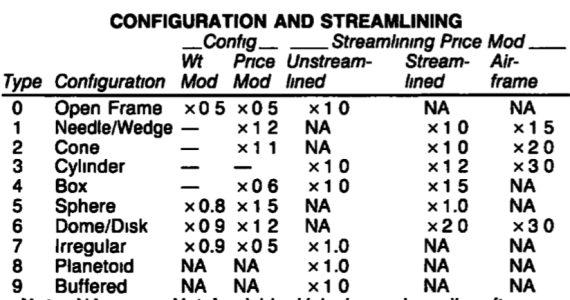AnotherDilbert
Emperor Mongoose
No, it's not just a power-to-weight issue. In HG it's a power to the M-drive issue.No, it's supposed to be a power to weight ratio, like all other actual physical systems. MT Agility is a power to weight ratio. HG doesn't "use" weight, but if you amazingly use the D-ton mass assumption I used you miraculous get the MT formula from the HG formula. Clearly a freak accident. /end sarcasm.
More seriously, Striker uses a power to weight ratio (which MT also uses), to determine the velocity of vehicles. Higher power to weight = more velocity, NOT just power. Also, I never mentioned the M-drive. Both HG and MT use excess power not powering something else to determine Agility.
Power means nothing without the "drive" to turn it into thrust. How quick is a dragster with bicycle wheels?

